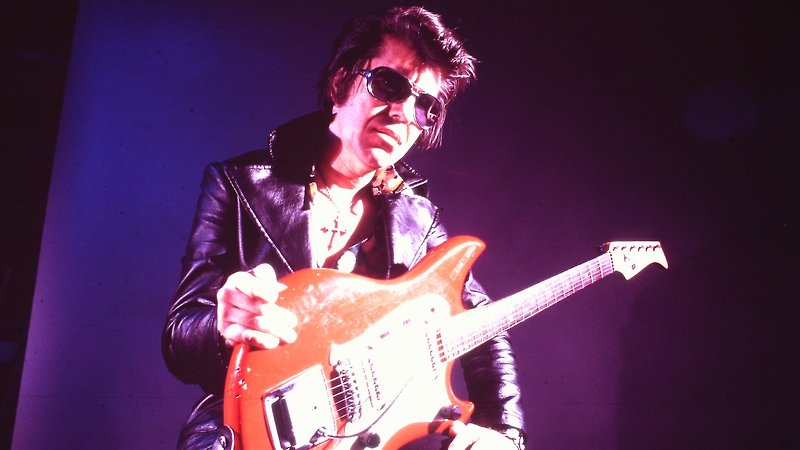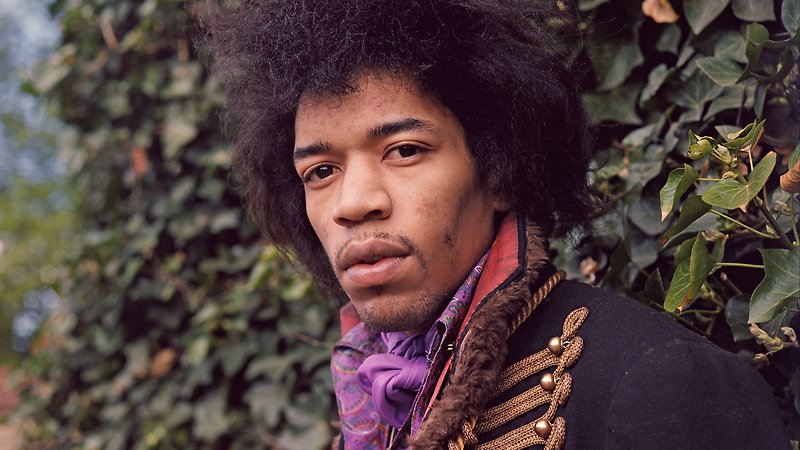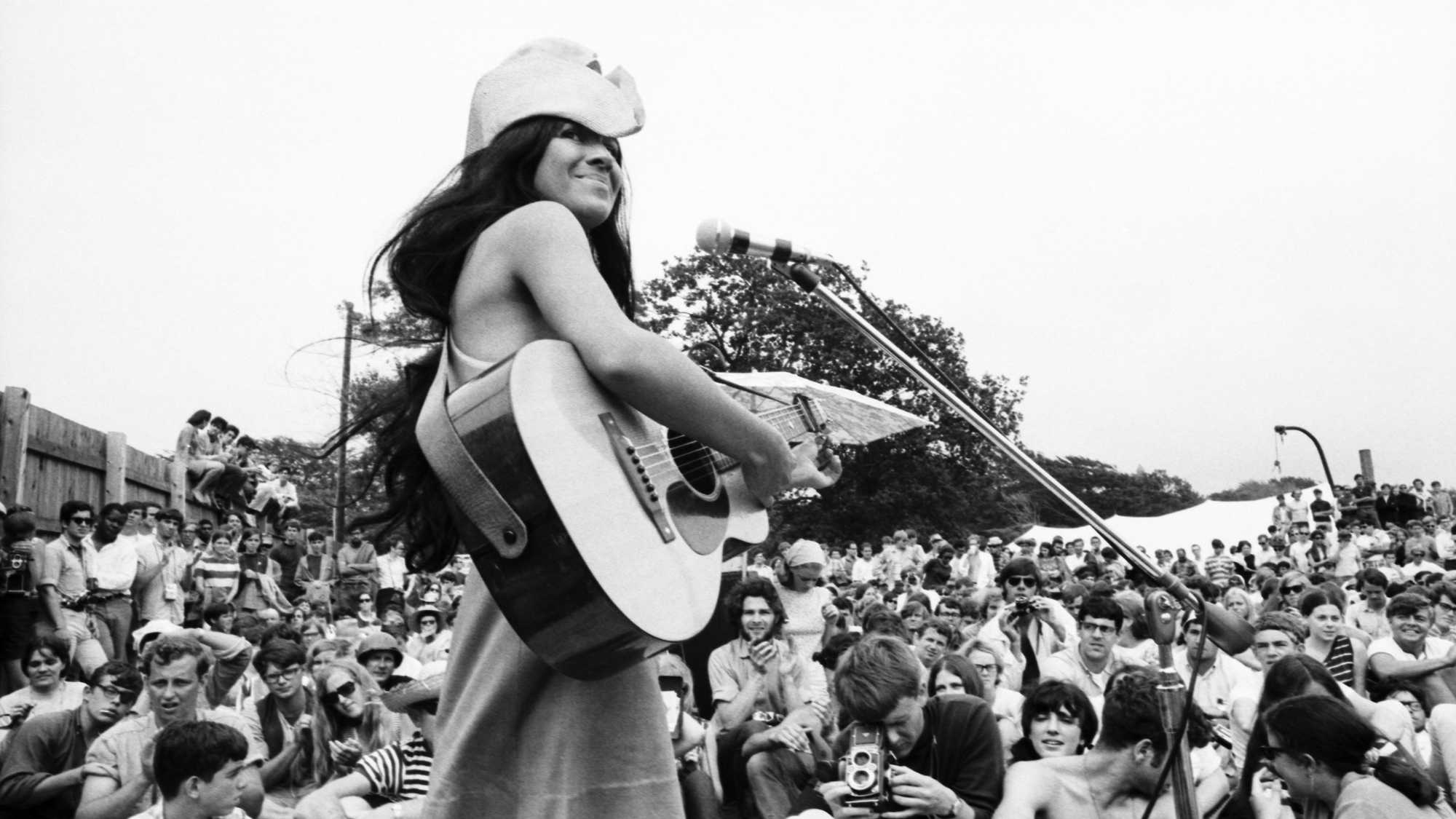This revealing tribute to Native American musicians, crammed with concert footage, celebrates their little credited contributions to popular contemporary music from blues to jazz, from Hendrix to Metallica.



He is the king; if it hadn’t been for Link Wray and Rumble, I would have never picked up a guitar.
Screened as part of NZIFF 2017
RUMBLE: The Indians Who Rocked the World 2017
| Aug 11 | | ||
| Aug 13 | |
A Native American singer of the Tuscarora tribe, Pura Fe Crescioni sits beside a turntable as it plays a 1929 recording of the bluesman Charley Patton. “When I hear this, it’s Indian music to me,” she says. “That rhythm. Do you hear it?” After the field recordings of Mississippi Chocktaws performing their ‘Drunk Dance’ just moments earlier, I hear it.
Though a Cherokee heritage is sometimes mentioned in Patton biographies, the idea that it might be an audible element in his music had never occurred to me before. I had always assumed, as the blues scholars seemed to, that the rhythms and melodies were fundamentally African.
Once this idea has been sown, it’s hard not to hear Native American elements throughout the music profiled in this film, from the heavy metal thunder of drummer Randy Castillo to the glides and slides in the singing of early jazz queen Mildred Bailey.
The film roams across North America, from Toronto to New Orleans, as well as traversing time, mixing powerful archival material with interviews and performances, beautifully captured in present-day landscapes. In the end, though, the point is not to untie the tangled blood knot of American music so much as celebrate the greatest Native American music stars, many of whom kept their origins concealed, for reasons explored in the film. As Robbie Robertson of The Band was warned when he was young, “Be proud you’re an Indian but be careful who you tell.”
Those who were less discreet, such as protest singer Buffy Sainte-Marie, were liable to find their songs banned from radio at White House insistence. — Nick Bollinger